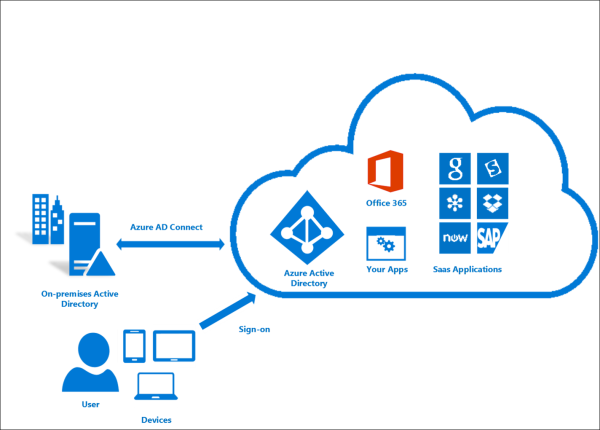
In an earlier AWS post here at the blog – I reviewed the core services of AWS with you. This post hits one of the “strays”. While we do not consider Kinesis a core service, it is one you can expect to see pop its head up in the various AWS Certifications.
If the service is brought up generically – it references the AWS capability of collecting, processing, and analyzing video and data streams in real time. But in your exam environment, there is a very good chance they are going to be more precise and granular with the exact variation of Kinesis you must identify. Here they are:
-
Amazon Kinesis Video Streams – your cameras can stream video securely to AWS Kinesis using the appropriate Kinesis SDK. AWS then stores, encrypts and indexes the video for your eventual analysis. A Kinesis API permits the easy retrieval of video fragments you might need.
-
Amazon Kinesis Data Firehose – allows the acceptance of data streams (at a high rate). Kinesis then stores the data in S3 or Redshift or another AWS storage vehicle. The data can then be accessed for analysis directly from AWS.
-
Amazon Kinesis Data Streams – takes in and stores data streams for your business analysis tools.
-
Amazon Kinesis Data Analytics – you capture the data using Data Firehouse or Data Streams. AWS then runs standard SQL against the data and sends the results to your business analytics tools.
What are the benefits of Amazon Kinesis? First of all – speed! Data analysis can be performed in nearly real-time from the including streams. Second, AWS handles the complex text of stream management applications for you. Finally, AWS provides a fully scalable solution, permitting even hundreds of thousands of simultaneous sources.
So there you have it! While you will not face many Kinesis questions in your AWS exams, you will certainly face some! Thank you for reading.
